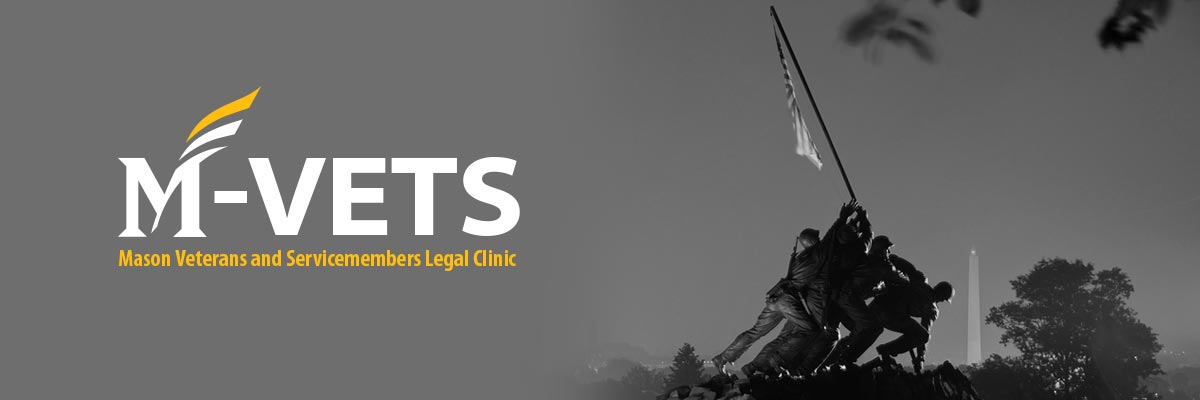Written By Fall 2024 M-VETS Student Advisor Curtis Power.
Each year, roughly 200,000 veterans transition from military to civilian life.1 While many veterans successfully reintegrate without significant challenges, a disproportionate number find themselves in the criminal justice system. According to 2021 census data, veterans make up 6.5% of the U.S. population, yet 31% have been arrested compared to just 18% of non-veterans. For many, breaking the law is often the first visible sign of deeper, unaddressed struggles.2
The root causes of these issues are well-documented. Veterans returning from combat frequently suffer from “invisible wounds”—injuries that are not physically apparent but profoundly impact their lives.3 Since 9/11, over four million Americans have served in the U.S. military during the extended conflicts in Afghanistan and Iraq.4 Veterans of these wars were twice as likely as those of earlier conflicts to have served in active combat zones.5 Many also completed multiple deployments, making them three times more likely to suffer from PTSD compared to non-deployed service members.6 According to Pew Research, seven out of ten post-9/11 veterans knew someone who was injured or killed in combat, and nearly 45% believe they experienced PTSD as a result of those exposures.7 Alarmingly, fewer than half of those suffering from PTSD seek treatment.8
The consequences of untreated trauma often manifest in substance abuse, which, in turn, leads to criminal behavior such as drunk driving, domestic violence, and other offenses.9 Recognizing the unique needs of these veterans, Veterans Treatment Courts (VTCs) were established to address the root causes of their criminal behavior and help them reintegrate into society.10
Origins of Veterans Treatment Courts
The first Veterans Treatment Court was launched in Buffalo, New York, on January 4, 2008, by Judge Robert Russell.11 Following its success, the model quickly spread across the country. By 2013, the Department of Justice began receiving dedicated funding for VTCs.12 In 2020, Congress passed the Veterans Treatment Court Coordination Act of 2019, mandating the creation of a grant program managed by the Bureau of Justice Assistance (BJA).13 Today, there are over 600 VTCs operating in jurisdictions across the United States.14
Why Do Veterans Treatment Courts Work?
Veterans Treatment Courts succeed because they are uniquely tailored to the military experience, leveraging the structure, camaraderie, and discipline that veterans are accustomed to.
-
Structure and Discipline Military life is highly regimented, with clear expectations, rigorous training, and a unifying mission.15 VTCs replicate this structured environment, requiring regular court appearances (bi-weekly in the program’s early phases), mandatory attendance at treatment sessions, and frequent, random substance use testing.16 Veterans, accustomed to structure from their time in the armed forces, often respond positively to this approach.17
-
Peer Mentorship Veteran mentors are considered the “secret sauce” of VTCs.18 These mentors, who are veterans themselves, provide guidance, encouragement, and accountability.19 They foster camaraderie and support while assisting participants with housing, employment, transportation, disability claims, discharge status appeals, and connecting them to local, state, and federal resources.20 This peer-to-peer interaction ensures veterans are not left behind.
-
Incentives and Accountability VTCs employ a system of rewards and consequences to motivate participants. Positive behaviors—such as attending treatment sessions, court appearances, and maintaining sobriety—are recognized with incentives like praise, reduced court appearances, and small rewards such as gift cards.21 Conversely, non-compliance, such as failing a drug test or missing court, results in sanctions ranging from community service and fines to jail time or re-arrest.22
-
Judicial Interaction The judge plays a pivotal role in the VTC model, maintaining regular interaction with each veteran throughout the program.23 This ongoing supervision fosters accountability and shows veterans that someone in authority genuinely cares about their progress.24 During a recent visit to a VTC, I observed a judge employing a compassionate yet firm approach with each participant. The judge opened every case by asking about the veteran’s family or interests. For one veteran, he lightheartedly inquired about how he was coping with the Georgia Bulldogs’ first college football loss of the season. These personal connections build trust and encourage veterans to stay engaged in the program.
Conclusion
Veterans Treatment Courts are a powerful tool in addressing the unique challenges faced by veterans involved in the criminal justice system. By combining structure, peer support, incentives, and compassionate judicial oversight, these courts help veterans break the cycle of criminal behavior and reintegrate into society. They not only address the root causes of criminal behavior but also restore dignity, hope, and purpose to those who have served our nation. Expanding access to these courts and ensuring their continued success is not just a matter of public safety—it is a moral imperative to honor the sacrifices of those who have worn the uniform.
Endnotes
3. Rand Corp., Invisible Wounds of War: Psychological and Cognitive Injuries, Their Consequences, and Services to Assist Recovery (Terri Tanielian & Lisa H. Jaycox eds., 2008).
5. Id.
6. Id.
7. VFW Magazine June/July 2024. http://digitaledition.qwinc.com/publication/?m=3914&i=820560&p=38&ver=html5
8. Rand Corp., Invisible Wounds of War: Psychological and Cognitive Injuries, Their Consequences, and Services to Assist Recovery (Terri Tanielian & Lisa H. Jaycox eds., 2008).
10. Id.
12. Id.
13. Id.
14. Id.
16. Id.
17. Id.
18. VFW Magazine June/July 2024. http://digitaledition.qwinc.com/publication/?m=3914&i=820560&p=38&ver=html5.
19. Id.
20. Id.
22. Id.
24. Id.
